Espresso Style Crema Using A Moka Pot? Yes, Here Is The Secret
Have you ever wondered whether you can get that perfect espresso-like crema on your Moka pot brew?
Well, look no further!
I’m here to show you exactly how to create crema with your stovetop coffee maker.
How Does A Moka Pot Work?
The Moka pot is a stovetop coffee maker invented by Alfonso Bialetti in the 1930s.
Although not as high-powered, it works similarly to espresso machines which use steam pressure to produce coffee.
It consists of three main components:
- a lower chamber for the water.
- a middle, funnel-shaped chamber for the coffee grounds; and
- a top chamber where the brewed coffee will be stored.
When you put the Moka pot on the stove, the boiling water in the bottom chamber moves up through the grounds. Eventually, the pressure pushes the brew up to the top chamber, and you get strong, rich coffee.
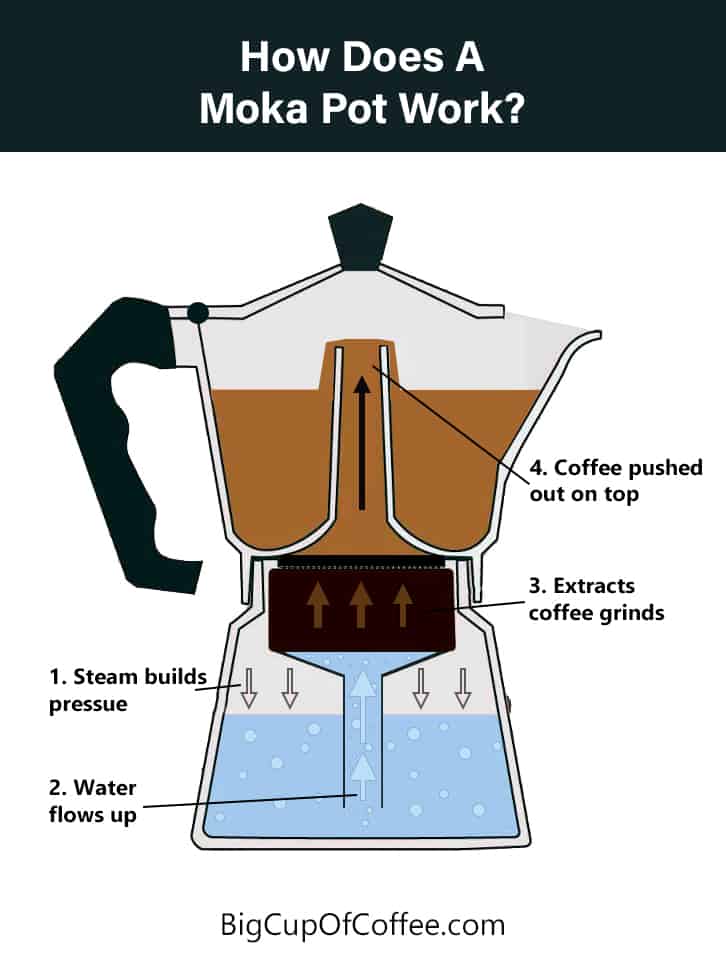
Crema and How It’s Made
Crema is the thick, golden-brown layer of foam that sits on top of your espresso.
As hot water is forced through coffee grinds at high pressure in an espresso machine, the coffee oils are emulsified and become supersaturated with carbon dioxide. This, then, forms that bubbly blanket of flavor on your espresso.
A seasoned barista, for example, will usually aim to get golden brown crema that can last for about two minutes. The ideal ratio for the crema is thought to be around 1/10th of your espresso — nothing too thick or thin.
Research from Nestlé even suggests that the first impression of great crema enhances the flavor, aroma, and whole experience of consuming an espresso.
How to Get Crema With A Moka Pot
Stovetop Moka pots don’t produce proper crema because they simply can’t match the high-pressure mechanics of espresso machines.
Despite this, many have shared how they did it, and I’ve managed to do it a few times in a regular Moka pot.
It’s possible, but not easy.
Here are the key factors to keep in mind if you want to learn how to get crema from Bialetti Moka pots.
Temperature of Your Water
You need water that is hot enough to produce the right amount of pressure to brew your coffee smoothly. Don’t put it on high heat to get to a boil and speed up the process.
Many people seem to associate boiling with “higher pressure.” They think it’s a way to get at least a little closer to the 9 bars exerted by espresso machines. But honestly, that’s just a surefire way to get bitter coffee.
Use Freshly Roasted, Freshly Ground Beans
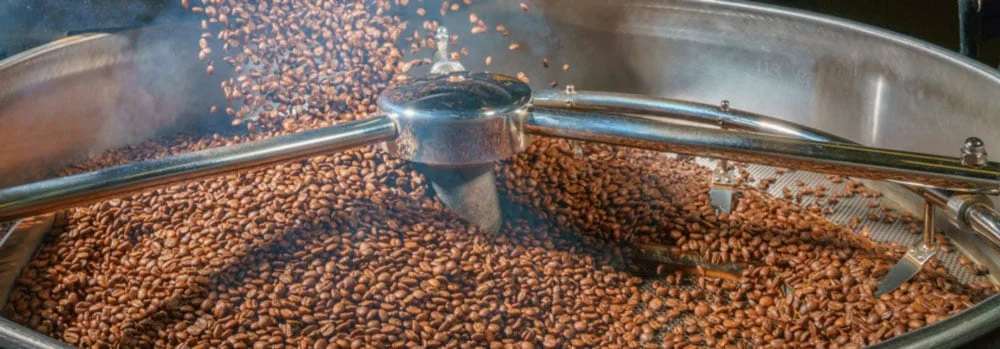
Freshly roasted coffee beans are actively releasing CO2, which makes forming crema easier. You’ll need to check the roast date of your coffee beans, and make sure it is not over 30 days old. So yeah, you can forget about grocery store coffee beans in this regard.
Combined with freshly grinding your beans, you not only make delicious and aromatic cups, but can also create a stable layer of crema.
Using a medium-fine grind will make it a tad bit easier to get crema from a Moka pot. Choosing an even finer grind might be dangerous for your pot already, so don’t push it.
Roast Level
The darker the roast, the harder it is to produce crema.
Light roast beans still have most of the coffee’s natural oils intact. Dark roast beans, on the other hand, start to release more carbon dioxide which starts to affect the chance of crema manifesting.
Of course, since the roast level is also an important aspect of taste, you will often find yourself using medium roast options.
Moka Pot Pressure Maxed at 2 Bars
Creating espresso requires 9 bars of pressure, but a Moka pot only generates around 1 to 2 bars. This is why, more often than not, you’re not getting a frothy layer that’s as luscious as you would with a machine.
There is nothing you can do about this.
This means that even if you do manage to create a layer of crema, it’ll be more frothy than what a proper espresso machine would produce.
Brew Technique
Once you’ve ticked all the boxes from above, you can brew coffee with your Moka pot as described here.
The Bialetti Brikka Coffee Maker
The Brikka Moka pot is one of the modern alternatives to the original Moka Express. It is notable for the added pressure valve that is designed to produce a crown of crema.
You can also call it a moka pot crema valve 🙂

The inherent difficulty of creating crema with the pot still exists, though. It still needs around one and a half bars of pressure to trigger the Brikka’s crema valve.
There is a problem though:
- Normal espresso is extracted at around 95°C, and a normal Moka pot already heats to 100°C.
- This inherent over-extraction is what makes Moka pot coffee so strong.
- The pressure valve of the Brikka increases the pressure of the steam and water, and we know from elementary school physics class that increased pressure creates a higher boiling point for water.
- This increases the problem of over-extraction even further with the Brikka
For this reason, I don’t like using a Brikka, even though it does create some crema. But that’s just me.
How to Make Crema with the Brikka
Whether you have the Brikka or the traditional one, making foamy coffee in a Moka pot is almost just like the usual brewing process.
- Fill the bottom chamber with warm water (remember, not boiling) just below the safety valve.
- Depending on the size of your pot, fill the coffee filter basket with the usual amount that you put in. If you have a 3-cup pot, for example, you will put 15-20 grams of coffee. A medium-finer coffee grind should be good here as well. Lightly tamp the coffee basket before securing it in place.
- Put your Moka pot on the stove and start brewing over medium-low heat. You can keep the lid open so you can watch the stream of coffee closely.
- Once it starts to flow on the upper chamber, observe the hues of the steady stream. It begins as a dark brown flow, so let it brew until it becomes a lighter shade. When you compare it to the Moka Express, this step is usually when you’ll notice the Brikka’s valve and its full effect on the coffee.
- Once you reach that shade, remove the Moka pot from the heat and let cold water run through the bottom of the pot. This immediately stops the heating process and helps avoid over-extraction.
Barista Tip
As you experiment, what I would like you to pay attention to is the heat. Using freshly ground beans and the right roast levels are already given, but the heat is something you have direct control over.
The biggest challenge of this process is trying to get the foamy layer while also making sure you don’t end up with a bitter taste. And much of that has to do with heat.
Low-medium heat is the sweet spot when brewing coffee in a Moka pot because it allows enough time for the steam to build and get a balanced extraction going.
You can try with lower heat, but it could just decrease your chances of getting decent coffee. That’s because if the water takes too long to boil, only the coffee grounds in the middle (or directly in the steam flow) will get extracted properly. Those on the outer ridges are likely to be under-extracted.

Espresso Crema vs Moka Pot Crema: How Similar Are They?
So how different or similar are the crema of a Moka Pot coffee and espresso?
While they can be identical visually, the crema created with a Moka Pot is not the same crema found in espresso. As I’ve mentioned, the Moka Pot can only produce 2 bars of pressure at most, which is far from espresso’s standard 9 bars of pressure.
This means that a Moka Pot’s “crema” will not be as rich as the espresso crema’s emulsion of aromatic oils, water, and gas, much like how a Moka Pot will not be able to make an authentic espresso shot.
But that’s the appeal of the Moka Pot. It cannot compete with the quality of a true espresso, but it serves as an alternative to the expensive machines you’ll need to make one. And getting that crema adds a layer of satisfaction if you’re trying to recreate an espresso with the Moka Pot.
Is the crema worth the hassle?
Again, brewing crema using a moka pot will be quite difficult and will probably take numerous attempts. Most of the time, you’ll get less crema or even none at all.
I don’t make an effort to produce crema, so if you ask me, don’t worry about it. Also, know that other than being visually nice, crema does no favors to the taste of coffee. It is actually bitter if you taste it by itself.

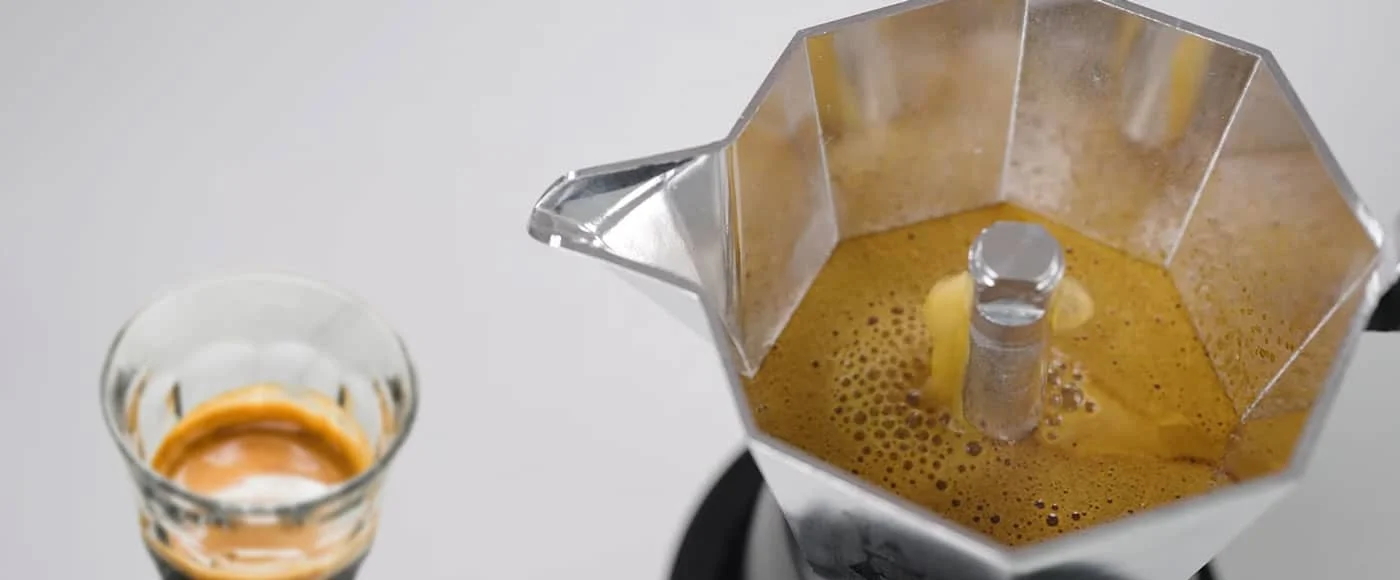
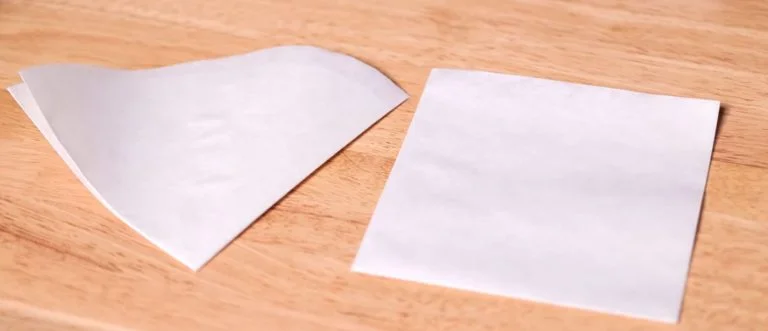
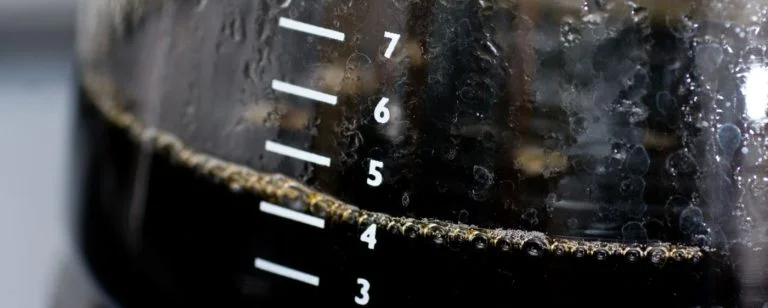

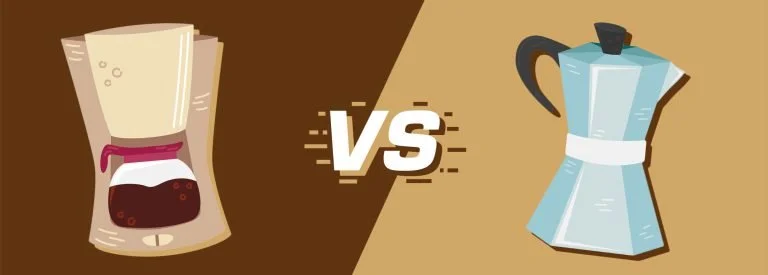
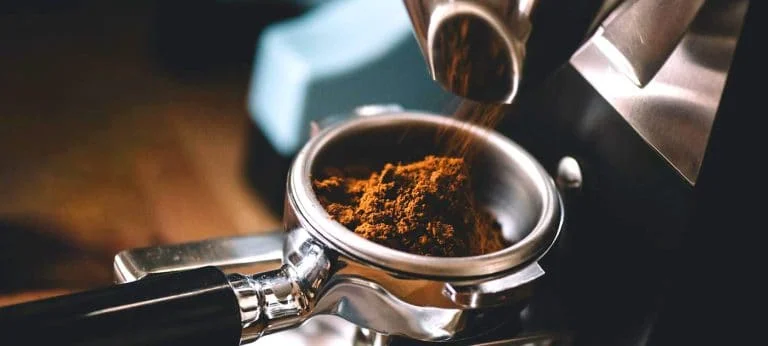
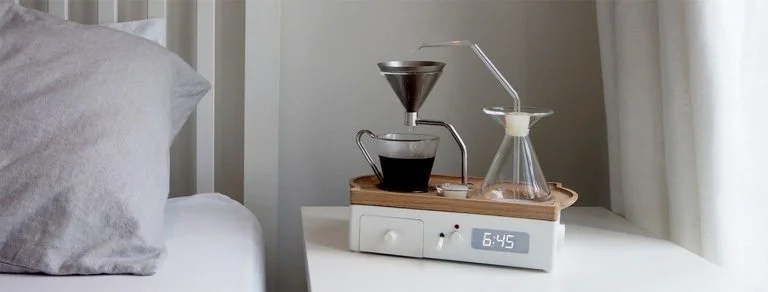

Thanks to Tom’s tip about starting with hot water, I tried brewing with my Moka pot this morning using water just off-boil instead of cold, and what a difference. It avoided the bitter taste I’ve gotten before. Though I didn’t get a lot of crema, the whole cup had a smoother flavor.
I’m wondering – can the type of water used have an impact on the quality of crema produced? Would love to hear if anyone else has experimented with this.
Not that I know of.
One aspect the article didn’t cover is the role of water quality and mineral content. My experience tells me that water quality can vastly affect the taste and crema. Soft water tends to emphasize acidity, whereas hard water can highlight bitterness, potentially affecting the crema’s richness.
Hi, thanks for your comment. I’ve also found hard, mineral rich water to produce bitter coffee, but didn’t really notice any effect on crema.